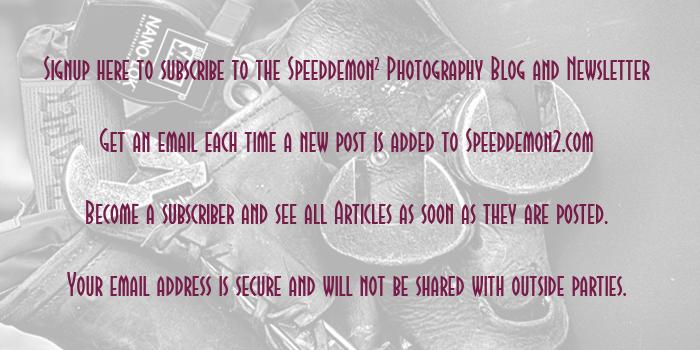
Click on the image to enlarge it in another window.
This HDR image is a three frame bracket set +2,0 and -2 EV. I merged it in NIK HDR Efex Pro 2 and finished it in Aperture 3. The flares around the lights are from the f8 aperture which adds a star burst to almost all artificial lights; the way around it is to shoot with as wide an aperture as possible which will reduce it greatly.

Click on the image to enlarge it in another window.
This HDR image was created using the same procedure as the first. I was shooting from the Big Four Bridge looking south west from a vantage point close to the Indiana side of the Ohio River.






